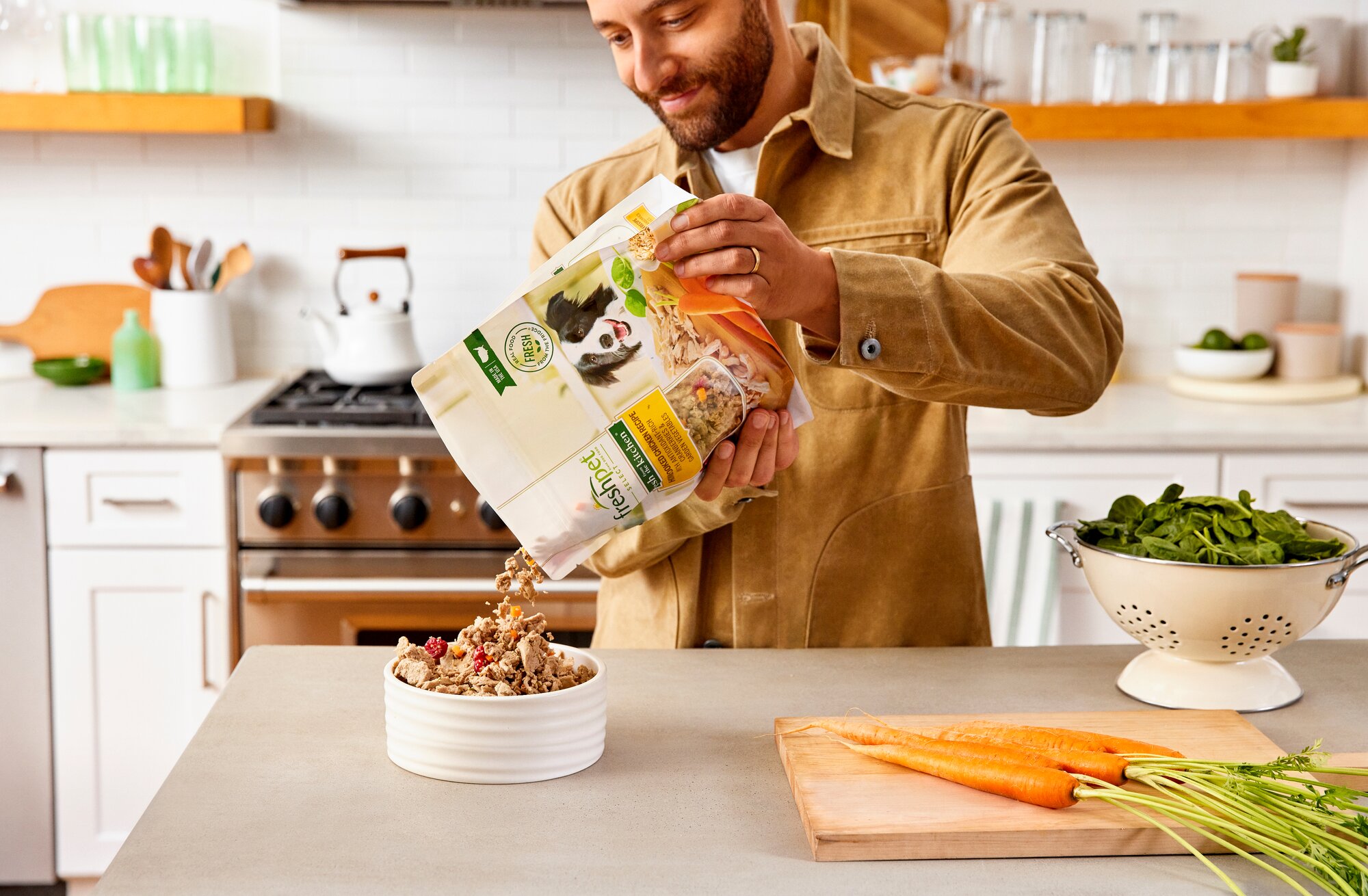Freshpet strives to source from suppliers who align values of helping achieve goals in providing high quality products for pets. A team comprised of Research & Development (R&D), Quality Assurance (QA) and Procurement examines and approves every supplier within Freshpet and every ingredient is scrutinized for organoleptic properties, proximate analysis, vitamin and mineral profiles, potential contaminants, and microbiological safety. In addition, consistent ingredient traceability and sustainability are monitored. The nutrient composition of raw ingredients is systematically measured versus suppliers' Certificate of Analyses, and against rigorous internal raw material specifications, as well. Variations of ingredients trigger rejections. Every hour samples of all Roasted Meal products are sent for microbiological analysis. Samples are tested for Listeria, Salmonella, Anaerobic Plate Count, Enterobacter, yeast, mold, and Lactic Acid Bacteria. This is a part of the control before being released for distribution. Further quality controls on all products happening every 30 minutes to one hour ensure the color, pH and inclusion levels as well as packaging checks.

